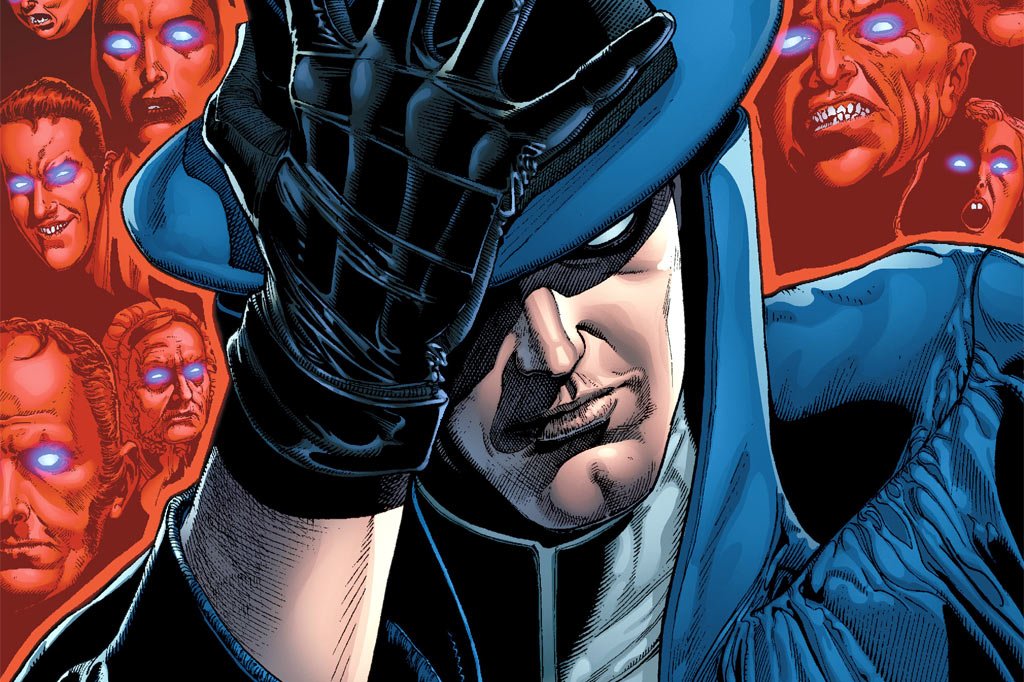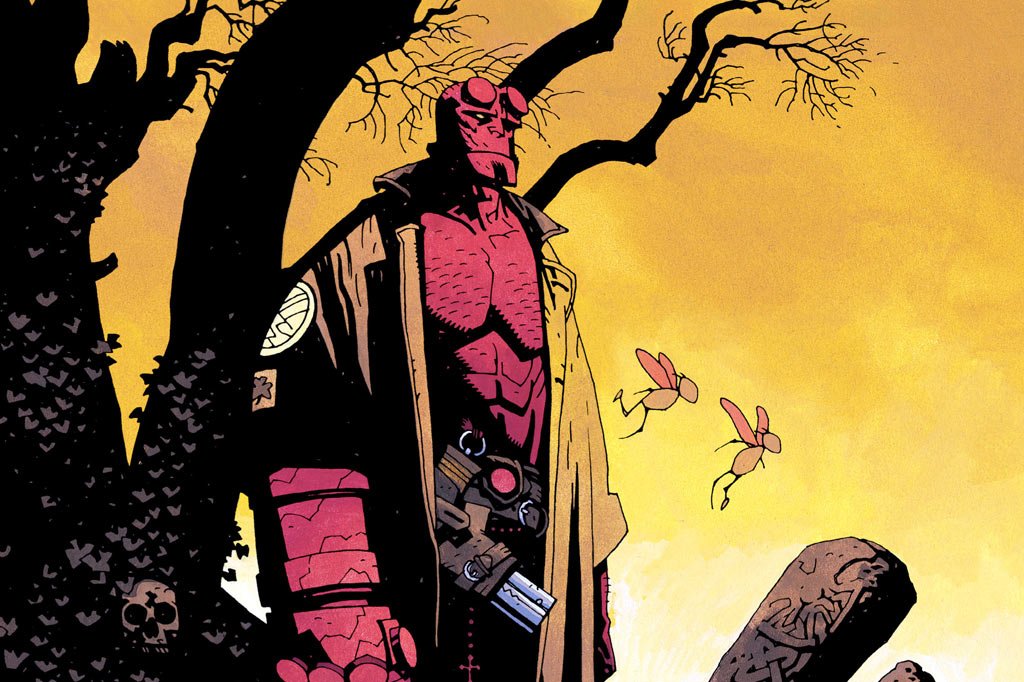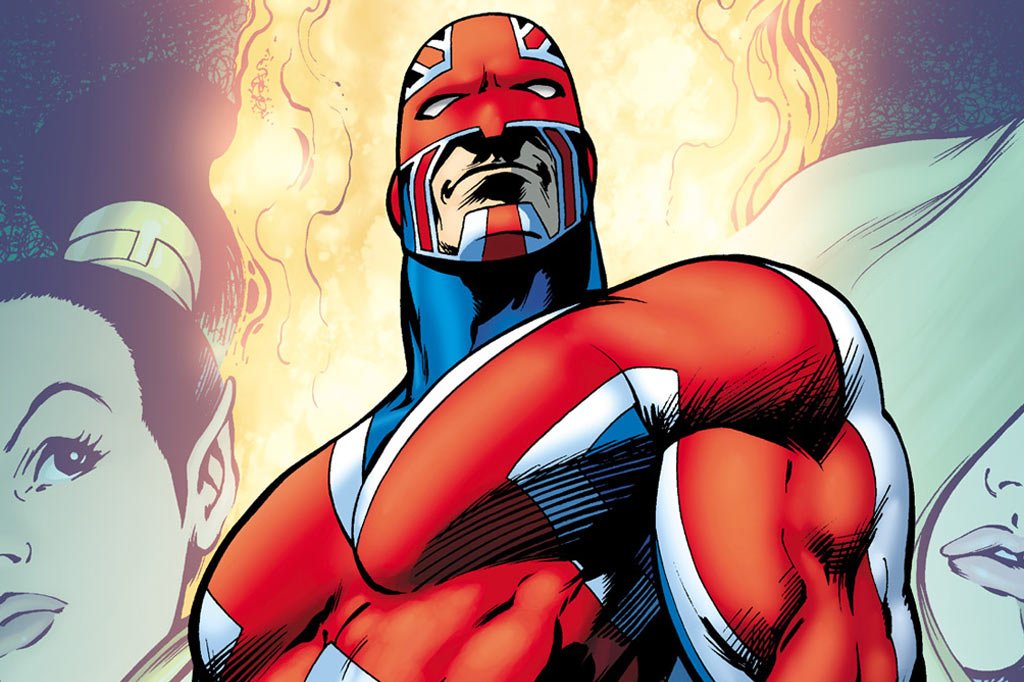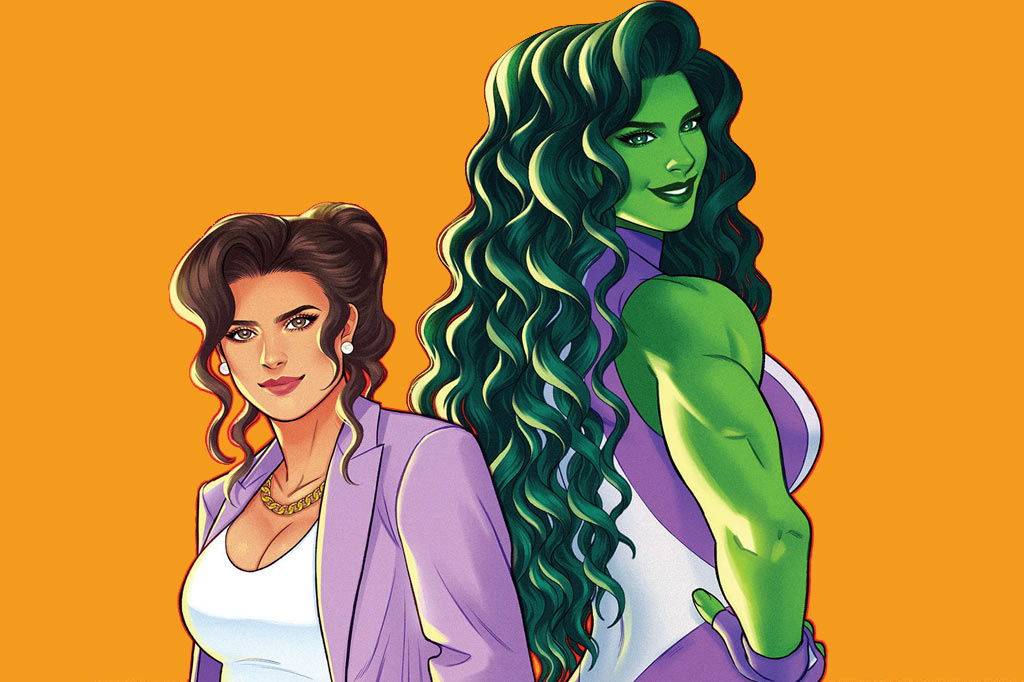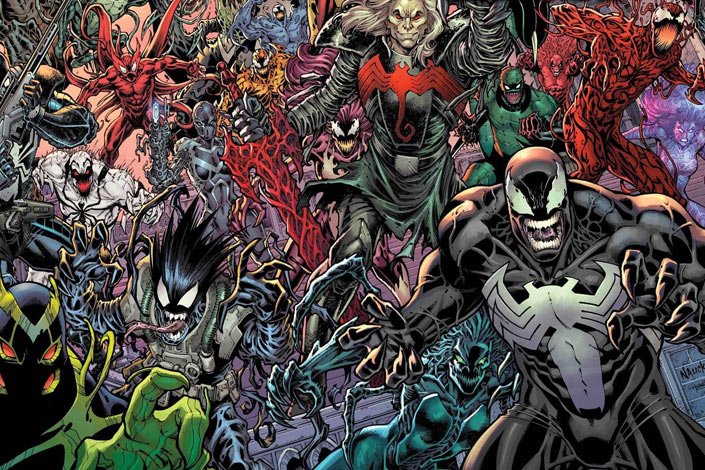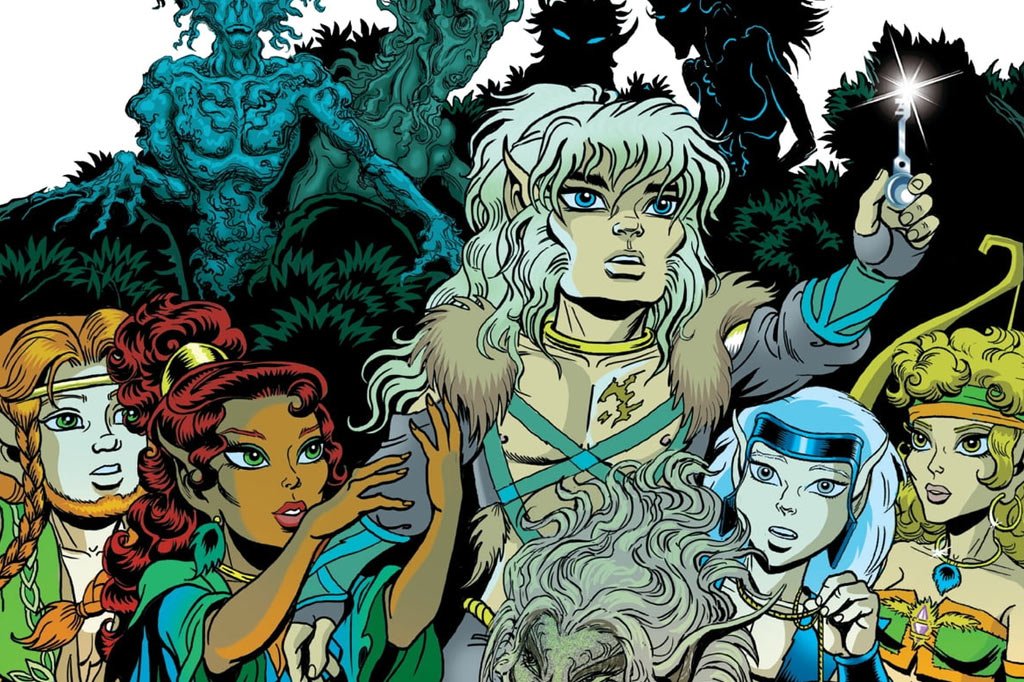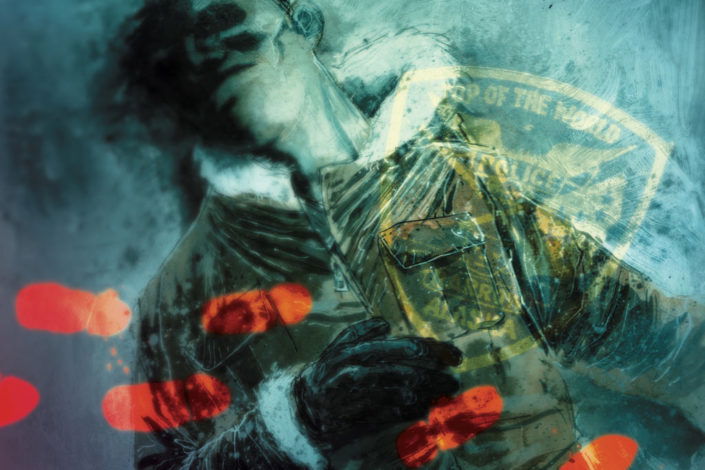Wonder Woman, The Origin Story: The Inspirations and Multiple Retcons Behind the Amazon’s Creation

She’s the most recognizable female superhero in the history of comic books, and even beyond that. Wonder Woman was not the first one, but she certainly is the first to find success. Her story began a long time ago…
At the end of the 1930s, the kids read comic books in masse, especially Superman and Batman! But as it is always the case, some people thought that these stories full of heroes fighting criminals would transform a generation of children into hardened criminals themself, probably resorting to violence before anything else. Not everybody feared the worst. In fact, psychologist William Moulton Marston thought that comics were wonderful and made it known. This led him to get recruited by Maxwell Charles Gaines–then publisher of All-American Publications, aka DC–into the Editorial Advisory Board of the company.
As a consulting psychologist, Marston was in a position of influence and convinced Gaines to try a female superhero to discredit a good part of the arguments used against the violent men of comics. It turns out that Marston was a hardened feminist with a particular lifestyle (living with 2 wives, and 4 comics-reading children) and was in search of a way to disseminate his views.
Using the pen name Charles Moulton, he started to develop the story of “Suprema, The Wonder Woman”–editor Sheldon Mayer quickly got rid of the Suprema name. Inspired by the way the women’s suffrage movement used the myth of the Amazons to develop the narrative behind the changes they wanted, his beliefs in the superiority of women, his work in lie detection and in the spectrum of emotions, his interest in bondage, and a lot of elements taken directly from his life (and the ones of the women in his life), William Moulton Marston was determined to build a feminist tale.
